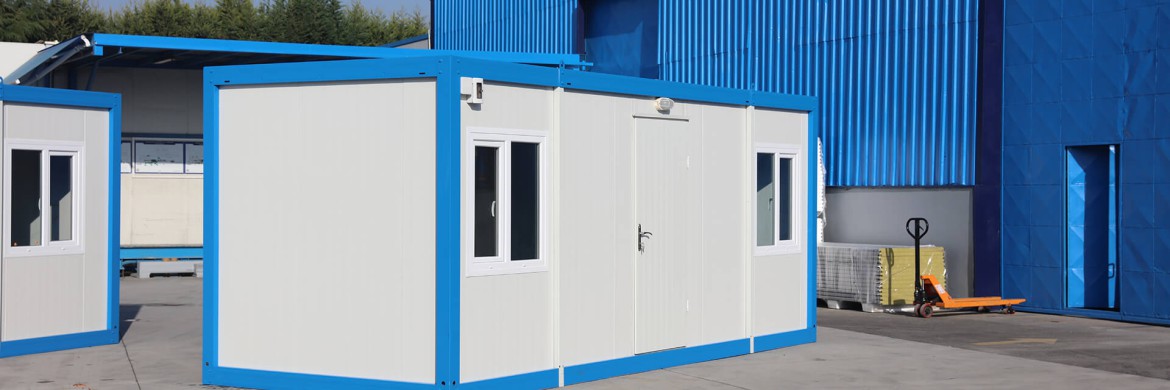How to Choose the Right Container Size for Your Worksite
Choosing the correct container size is critical to ensuring the efficiency, safety, and functionality of your worksite. Whether it’s housing project teams or storing valuable tools and equipment, selecting the wrong size can lead to space constraints, budget overruns, or underutilized resources. Whether it’s a single-level container for a small-scale operation or a three-storey modular structure, making the right choice from the beginning supports overall project success.
Why Container Size Matters in Worksite Planning?
In every construction or industrial setup, proper planning starts with defining spatial requirements and this begins with choosing the right standard container size. The selected dimensions impact everything from daily worker routines to safety regulations and onsite logistics. A container that’s too small can hinder movement and storage efficiency, while an oversized one may result in unnecessary costs and wasted space.
In addition to internal functionality, container dimensions influence transportation and assembly on-site. Thanks to advanced production technologies, containers can be easily transported, including 2.40×6.00 m disassembled units. This disassembled/flatpack design allows you to ship 10 units instead of only 2 standard-sized containers, significantly improving shipping efficiency. This saves time and lowers international shipping costs while maximizing usability across various project needs.
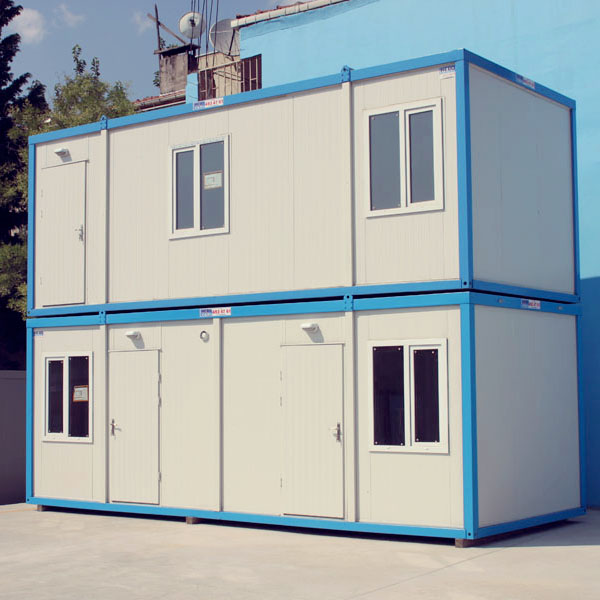
What Are the Standard Container Sizes?
Understanding standard shipping container size is the first step toward planning an efficient workspace. The most commonly used dimensions for worksites are 2.40×6.00 meters, which offer a versatile and functional layout for multiple applications. These sizes are compatible with transportation regulations and allow seamless integration into site layouts.
At Prefabrik Yapı, we utilize advanced, weldless production techniques to manufacture units in standard and custom sizes. Whether you need single-storey or multi-storey containers, the standard container size serves as a base model, with variations built to meet architectural and engineering needs without compromising on strength or safety.
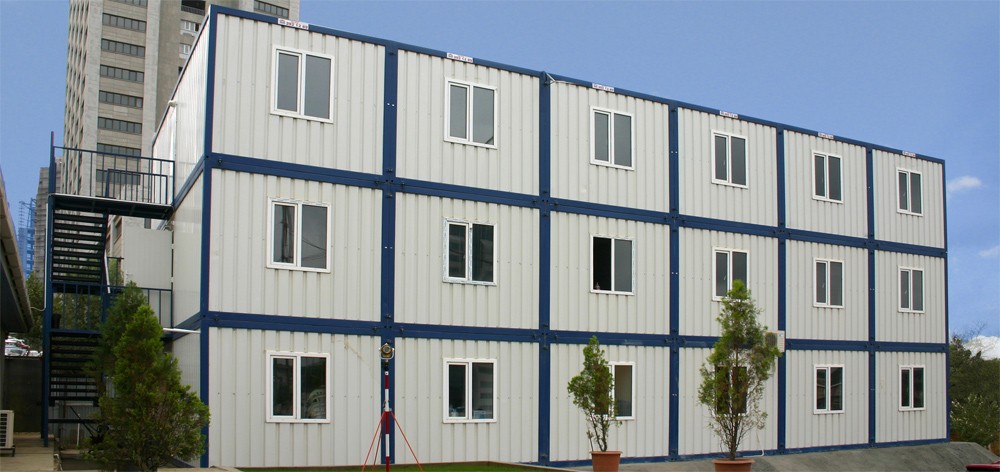
Which Container Size Fits Which Purpose?
Different worksite functions require distinct container size solutions. From security cabins to rest areas, aligning the dimensions of your container to its purpose ensures optimal use. Below are examples of how shipping container size affects specific on-site applications.
For Security and Access Control
Security checkpoints are often positioned at entry points and require compact but efficient structures. A standard container size like 2.40×6.00 meter is ideal for accommodating surveillance equipment and personnel without consuming too much space.
For Site Management Offices
Offices need more room for desks, documents, and electronics. Here, choosing a larger container size or combining units can help create a productive and comfortable environment for management staff overseeing construction operations.
For Dining or Rest Areas
Rest zones should provide comfort and enough room for multiple users at once. A double-container system using standard dimensions is often recommended. Ventilation and insulation options, such as Hekimboard fiber cement panels, enhance usability in all weather conditions.
For Storage and Utility Purposes
Storage units require more internal volume. Depending on the type and quantity of items being stored, you may opt for a custom-built or expanded shipping container size to avoid clutter and allow easy access to materials and tools.
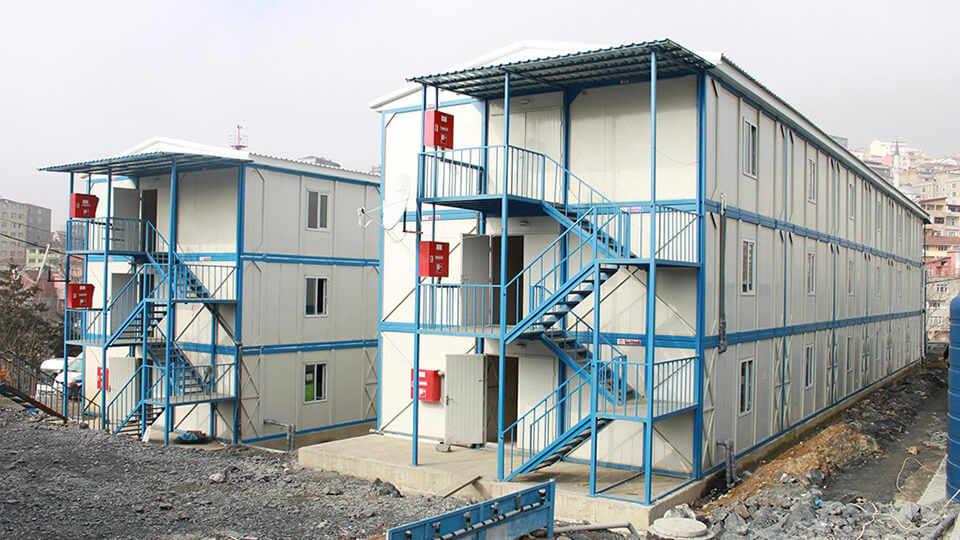
Factors to Consider When Selecting the Size
Choosing the right container size involves more than just measuring available space. It’s essential to consider how the container will be used, the number of personnel it will serve, and whether you plan to expand or stack units in the future. For instance, a small project site may only need one unit, while a larger site may require multiple containers stacked as two- or three-storey buildings.
Another critical factor is mobility and installation. If you anticipate frequent relocations, lighter, demounted options in a standard container size may be more efficient. Additionally, you should consider local regulations, transportation access, and the types of materials used, such as fire-resistant Hekimboard panels or galvanized steel sheet for durability and safety.
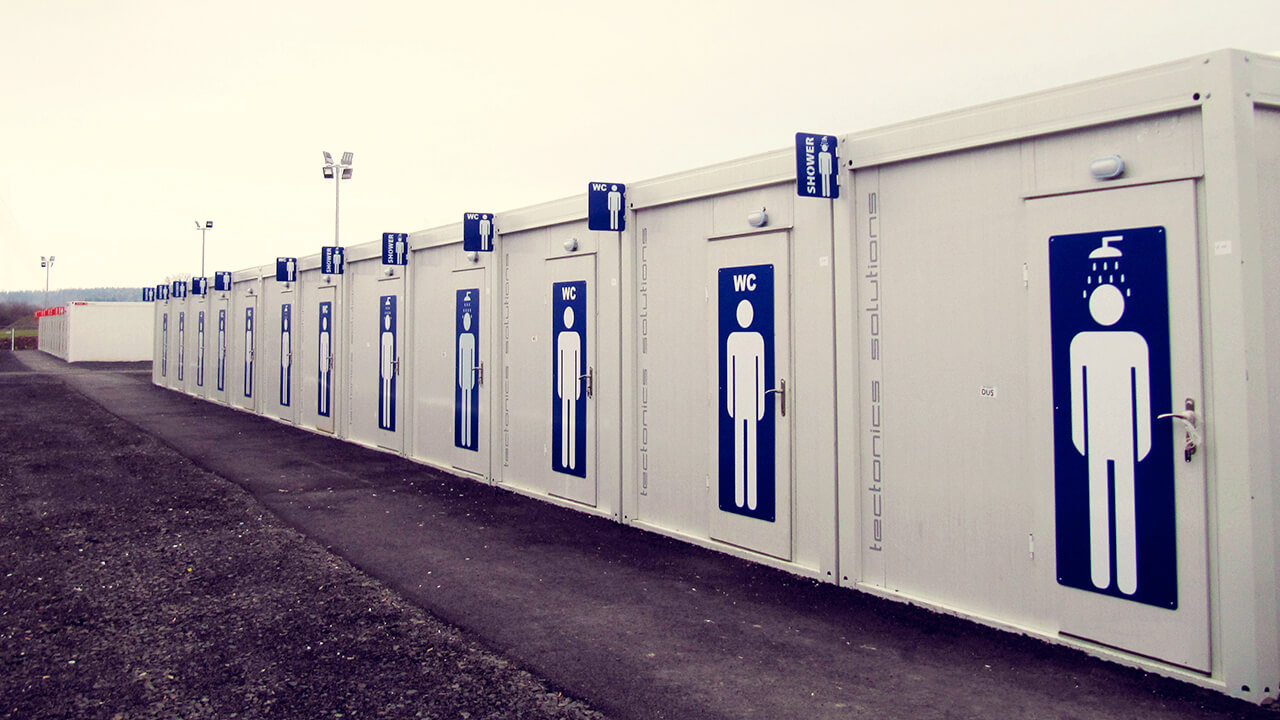
Can You Customize Container Sizes?
Yes, while standard shipping container size models like 2.40×6.00 m are widely used, customization is entirely possible. At Prefabrik Yapı, we offer tailor-made solutions based on your site’s physical layout, technical requirements, and intended use. Our containers can be modified in height, width, and length, with internal layouts designed to include offices, kitchens, or WC units as needed.
Using the Hekim Panel or Hekim Classic system, we can produce monoblock, demounted, or combined container. These modular systems allow you to create multi-storey setups without compromising structural integrity. Custom electrical and sanitary installations flush mounted or surface mounted are also available, offering full flexibility in how the container functions on-site.
Our Container Size Recommendations by Project Type
Each project type has its unique requirements, and selecting the correct shipping container size depends on what the space is being used for. For smaller-scale works like guardhouses or checkpoints, we recommend using a single standard container size unit of 2.40×6.00 m. These are compact, cost-effective, and quick to install.
For mid-sized operations that include restrooms, storage, and admin offices, two interconnected standard containers often provide the right balance of space and accessibility. Meanwhile, large-scale industrial sites or international construction projects can benefit from stacked two-storey or three-storey units. These structures optimize vertical space and are easy to transport using our special packaging system, which allows 10 disassembled units to be shipped efficiently overseas.

How Our Production Technology Supports Optimal Container Size Selection
At Prefabrik Yapı, we use advanced, weldless production technology that allows complete flexibility in configuring container size based on project needs. This method not only enhances structural strength but also ensures fast production and assembly. Whether you need a single unit or a multi-level complex, our production system supports your site’s functional and spatial goals without compromising on safety or design.
Thanks to our modular systems Hekim Panel and Hekim Classic we can provide monoblock or demounted containers that match standard container size specifications or exceed them for special requirements. This scalability is particularly useful for projects requiring phased development, allowing you to start with standard-sized containers and expand as the worksite evolves.
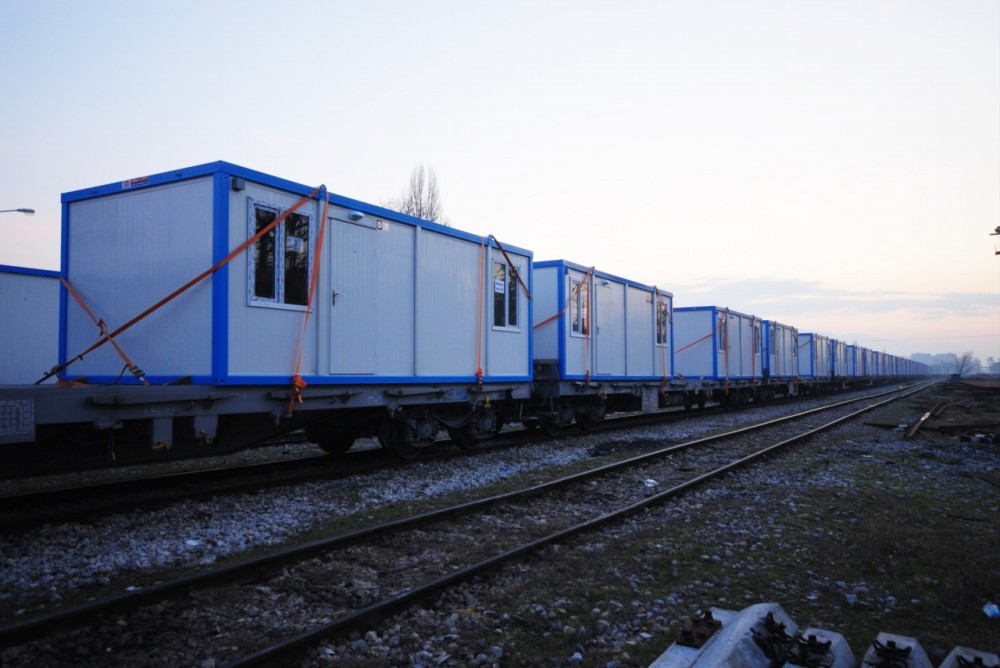
Shipping Efficiency and the Advantages of Standard Dimensions
When shipping containers internationally or transporting them to remote areas, standard shipping container size becomes an important advantage. Prefabrik Yapı’s special packaging system for 2.40×6.00 m units is designed specifically for overseas logistics. Instead of shipping only two containers, this method allows you to send 10 disassembled units in the same space drastically reducing freight costs.
This logistical efficiency makes standard container size models not only budget-friendly but also sustainable. With every unit shipped, you gain more functional space on-site without increasing transportation impact. It also speeds up deployment since our containers are designed for quick on-site assembly with pre-integrated systems like electrical and sanitary installations.

Materials and Finishing Options Based on Container Size
The type of materials used in container construction also depends on the container size and intended use. Larger or multi-storey containers must be equipped with strong, non-combustible materials. For this reason, we offer clients the choice between painted galvanized steel sheet and A-1 class Hekimboard plates produced with fiber cement technology.
These materials are weather-resistant, fireproof, and contribute to long-term durability especially in larger structures that demand higher load-bearing capacities. Our finishings are suitable for both indoor and outdoor use and help maintain insulation, which is essential for containers used as offices, rest areas, or storage in extreme climates.

